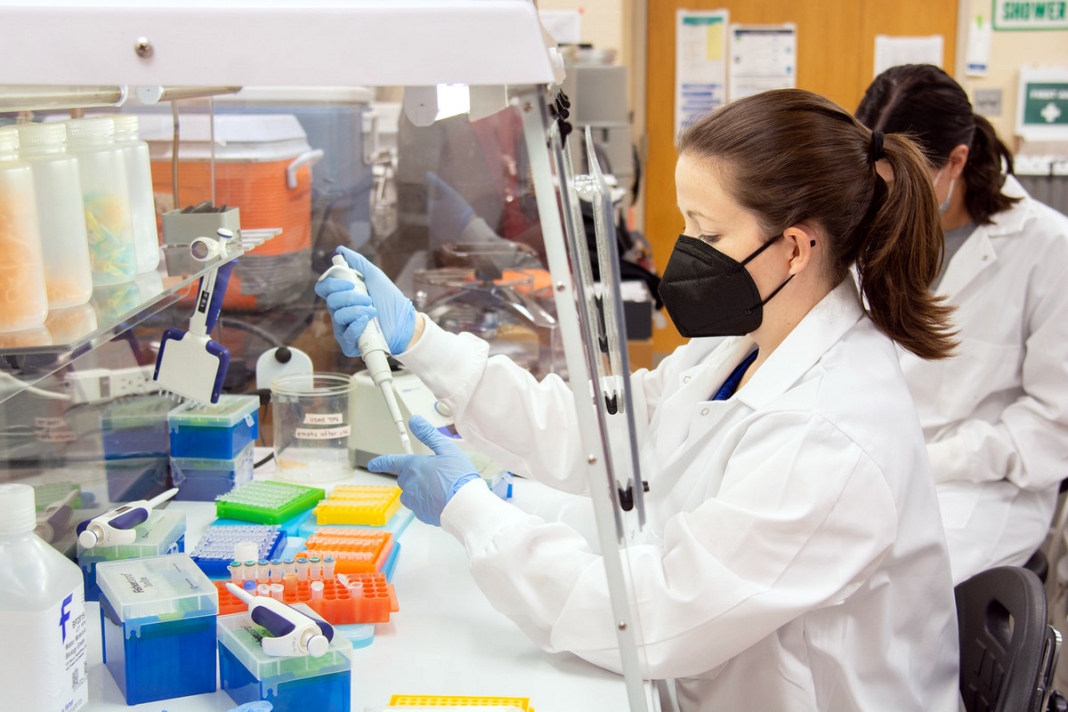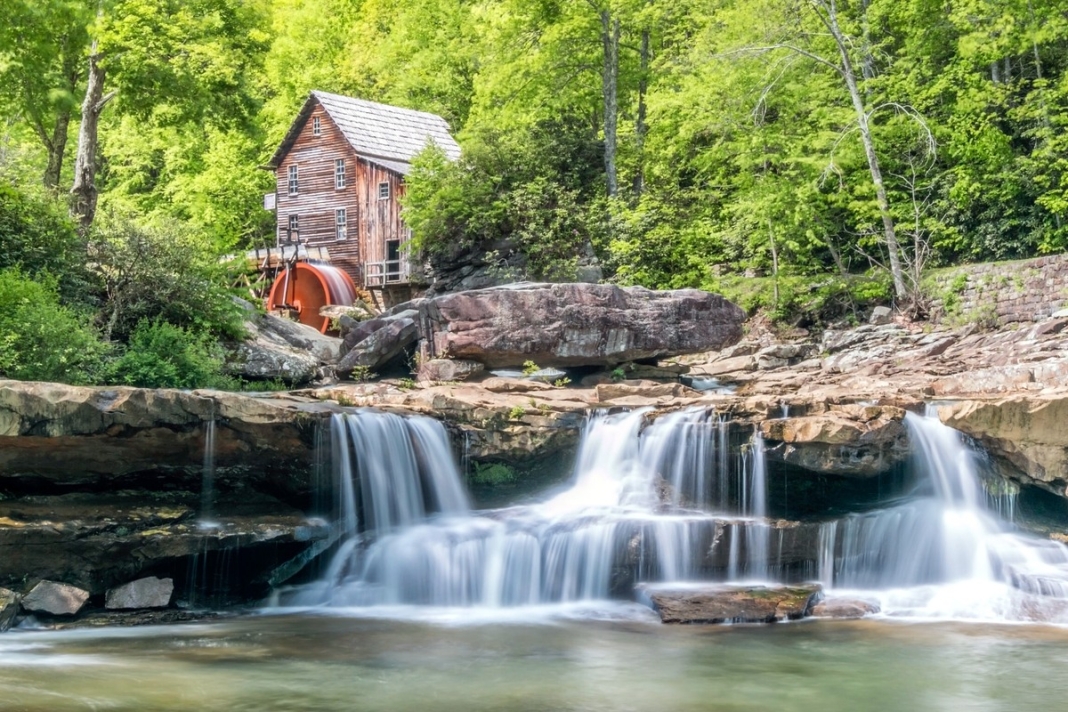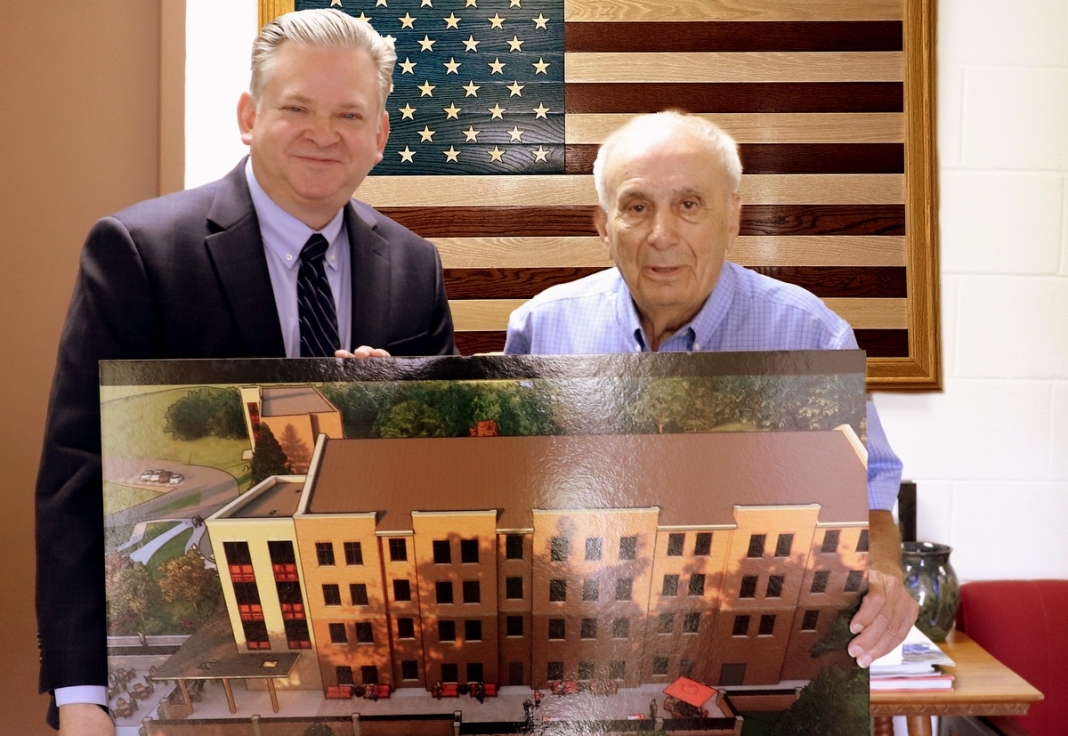MORGANTOWN, W.Va. — A West Virginia University engineer is working to solve the unknowns about microorganisms growing inside pipes that bring drinking water to homes and businesses in West Virginia.
Supported by an award of $505,784 from the National Science Foundation, professor Emily Garner has launched a five-year study to learn more about biofilms.
Known as “cities of microbes,” biofilms are conglomerations of fungi, algae, bacteria, and other single-celled organisms that cling to each other and to surfaces like the insides of water pipes, where they become coated in a protective slime.
“Many things influence how biofilms grow in drinking water distribution systems—water chemistry, the presence of disinfectants like chlorine, and the forces exerted as water flows through pipes,” said Garner, who is an assistant professor in the university's Wadsworth Department of Civil and Environmental Engineering at its College of Engineering and Mineral Resources.
“But past research about biofilms doesn’t account for the complexities of varied flow conditions in different parts of a water distribution system," she said.
"These systems can consist of hundreds of miles of buried pipes, so ensuring the chlorine disinfectant hasn’t decayed by the time it reaches all parts of the system can be a challenge.”
Garner’s lab will develop strategies for maintaining water quality throughout these complex infrastructures and offer recommendations to managers of drinking water distribution systems.
The research also includes an outreach and educational component that will bring K-12 students across West Virginia hands-on activities about water treatment and information about water sector careers.
Garner said, “It’s normal and expected for biofilms to form on the inside of all drinking water pipes. Biofilms rich in organisms that are harmless to humans may even be effective at reducing the growth of harmful pathogens through competition.”
But biofilms can also be detrimental to drinking water quality. The protective environment they create can harbor dangerous microorganisms like salmonella or E. coli, and they can release particles or compounds that affect tap water's taste, odor, and color. They can also facilitate the formation of harmful compounds called disinfection byproducts.
Garner explained water utilities control the growth of microorganisms by adding small amounts of a disinfectant like chlorine into the water.
“At low enough levels, these disinfectants are not harmful to humans but prevent the growth of microorganisms like those in biofilms,” she said. “This is really important for making sure the water that arrives at your home is high-quality and safe, even though it has made a long journey of many miles from the treatment plant.”
To evaluate ways to minimize potential safety hazards, she will combine lab experiments with field sampling from water systems throughout West Virginia, where water quality can vary dramatically between communities.
Garner said she drinks plenty of tap water because she knows water quality is high in her home city.
“Here in Morgantown, our water is consistently compliant with all federal drinking water standards, and I drink it daily,” Garner said.
“Everyone should be aware that public water systems must create an annual Consumer Confidence Report that describes their water quality and any violations of regulatory requirements for drinking water quality. You probably receive it in the mail, you can often find it online, or you can contact your drinking water utility to request it. It’s a good idea to review this report to understand if your drinking water is in compliance with federal regulations.”
Garner’s project, “Elucidating hydrodynamic drivers of microbial water quality in drinking water distribution systems,” prioritizes research, education, and training.
Garner will deliver an educational module, “Why Water Matters in Rural Communities,” to K-12 classrooms in West Virginia. Her goal is not only to help kids recognize water’s essential role in supporting healthy, prosperous communities but also to increase awareness about water careers and promote the recruitment of an emerging workforce into apprenticeship programs with local water utilities.
“Having well-trained water professionals is critical for ensuring community access to safe drinking water. Yet the U.S. water sector is facing an imminent workforce crisis. As the existing workforce nears retirement age, we have to raise interest in water sector jobs,” she said.
Garner has a history of leveraging her research to support local communities, primarily through the Appalachian Community Technical Assistance and Training Program, in which she assists small utilities in establishing effective, sustainable management practices.
“We provide technical assistance on challenges that often arise among rural utilities,” she explained. “For example, I have partnered with the WVU student chapter of Engineers Without Borders to map the buried water infrastructure of a rural system that had no digital records of where their infrastructure was located.”
Garner will also integrate important topics for rural communities’ water and wastewater systems into courses for engineering undergraduates at WVU, addressing topics such as decentralized wastewater treatment technologies and public health engineering.
WVU research writer Micaela Morrissette contributed this story.
Sign up to receive a FREE copy of West Virginia Explorer Magazine in your email weekly. Sign me up!


